By TREVOR HOGG
By TREVOR HOGG
Images courtesy of Digital Domain and Warner Bros. Pictures.
Bringing the paranormal investigative stories of the Ed and Lorraine Warren full circle is the haunting that started everything reemerging in The Conjuring: Last Rites under the direction of Michael Chaves and starring Vera Farmiga, Patrick Wilson, Mia Thomlinson and Ben Hardy. Brought on to heighten the supernatural horror was Scott Edelstein, who served as Production Visual Effects Supervisor and hired his colleagues at Digital Domain to create 425 shots that feature making the 12-foot tall Annabelle doll, crafting a disturbing smile for Abigail Arnold, producing the haunted Conjuring Mirror, destroying a hallway, and recreating the small mill-town setting. “I know Scott, so in that sense it made things a lot easier and more comfortable from the get-go because you know who you’re talking to and how to interpret the things he says,” Alex Millet, Visual Effects Supervisor at Digital Domain. “The first step was to try to not get scared watching the previous movies and absorb as much of that look, aesthetic and atmosphere, and to respect that in the new movie.” An effort was made to upgrade effects while also honoring what had already been established. “We’re choosing to do it in 3D for this movie, and there’s a lot of things that don’t work anymore. But we found that we were able to recreate the 2D look with our 3D approach.”
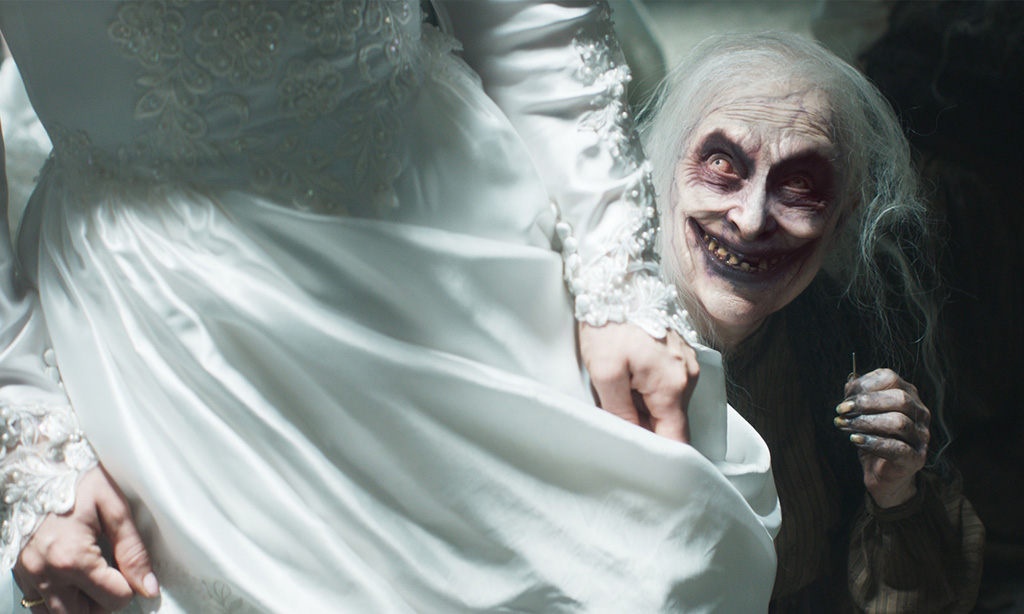
“The first step was to try to not get scared watching the previous movies and absorb as much of that look, aesthetic and atmosphere, and to respect that in the new movie.”
—Alex Millet, Visual Effects Supervisor, Digital Domain
Raising the level of difficulty for the environment work was a long ‘oner.’ “There was one plate in the street with the character coming out of the car. The camera zooms out and starts to fly above the house, looks around in the street, then comes back down, bursts through the door, and once we get into the house, we get into the next plate photography of the actress in there,” Millet explains. “The way we decided to work with this was to rebuild the entire street in CG because we found that was easier for us than trying to transition the plate street with our street and having to have every single detail of the street perfectly match one-to-one. We kept the car and character from the plate. As the camera pulls back, we transition toward the CG car and the digital double of the actor. Then we’re into a full CG version of the shot. We go up to the house, and most of the street is actually 3D because everything needed to work with parallax. Only the far background extension was a matte painting. Then we crash down. We’re still full CG. We have rain and atmosphere. All of that is CG. We crash through the door, and once the door opens, we have a few frames of CG inside the house to help us with the transition. After that, we’re back to the plate.”
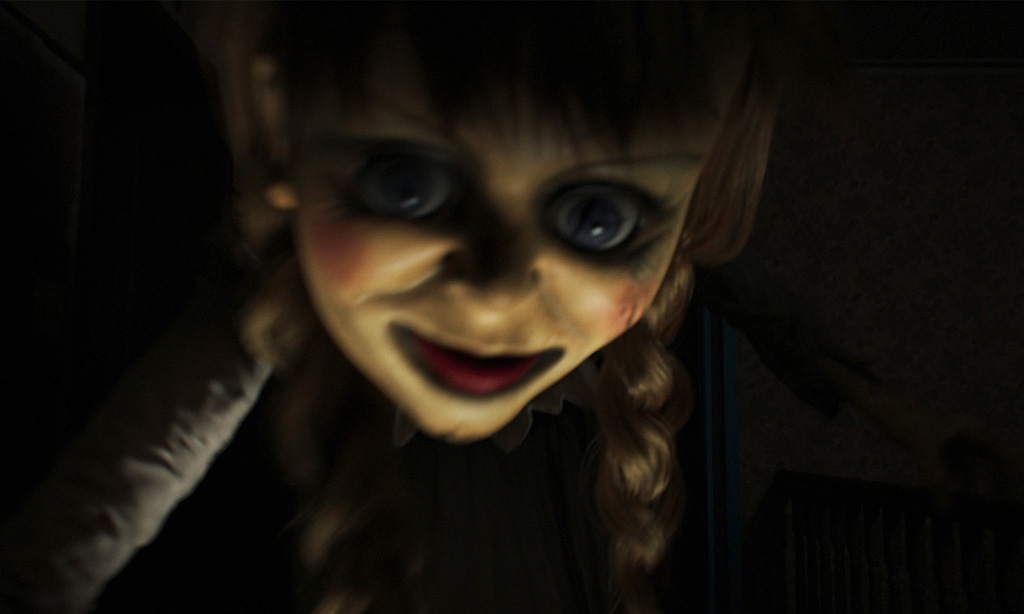
Going into the realm of the supernatural and hallucinations is the appearance of 12-foot-tall version of the Annabelle doll. “There’s a lot of things we started to think about like, what does the dress look like when it’s 12 feet tall? Is it a much thicker material? Do the wrinkles work differently because the material is that big, or is the material the same thickness but way bigger and looks like a curtain? The supernatural aspect of it gave us the freedom to do whatever we thought looked best without necessarily having to be like, ‘This is what it would be like if you build a dress that was 12 feet tall, and it might not look super great, but that’s actually how it would work and react. We didn’t have to worry too much about that, and we were able to do what everyone thought was the best look.” The transformation went through several iterations. “The director wanted the doll to read as if the transformation was a painful process that evolved across the shots. He worked with the postvis department to figure out the timing, and then we took over. Once the animation started, we added that chunkiness you see in the growth.”
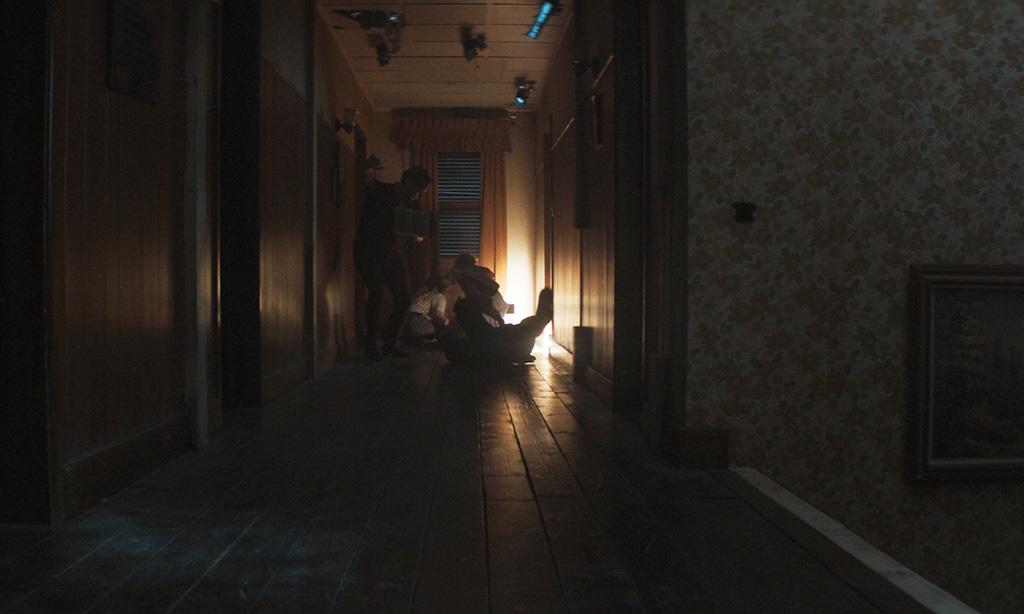
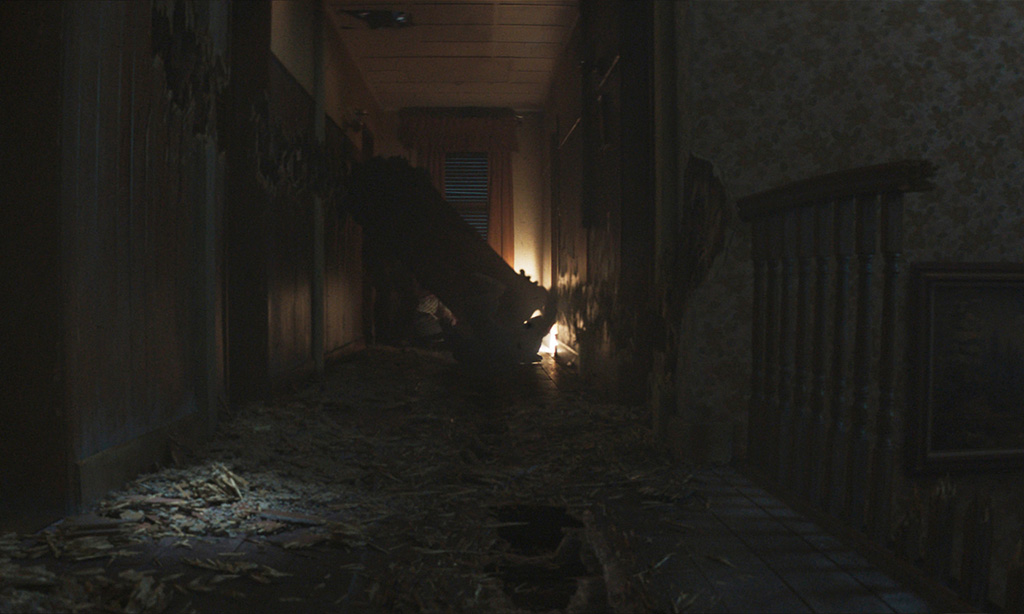
Conveying a disturbing smile for Abigail Arnold was a fine line between being creepy or silly. “We did a bunch of iterations to find the smile that worked the best,” Millet remarks. “We had some versions where it was definitely not creepy. It would make you laugh as soon as you see it. It was a combination of not just the mouth, but the look in the eyes and the way all of the little muscles in the face move. Everyone is an expert because we all look at faces every day, so it’s a much less forgiving thing to do than pretty much any other aspect of what we do in visual effects.” Michael Chaves did concept art to illustrate what he wanted. “That was incredibly helpful, because we had an exact target to match. The goal for us was to try to match his concept and give it life.” The smile was exaggerated then rolled back. “We did a bunch of iterations with a different range and smile, but all going much further than what we knew was needed. That helped us not to baby-step the process because the last thing you want is, ‘Oh, a little bit more.’ And you spend weeks doing that. We went way out in terms of how wide that smile was and showed all of those versions. Once the director was happy with one of them, we actually selected a range to give us an idea of what to work within, and then we made that range as good as we could.”
“[Director Michael Chaves’ concept art] was incredibly helpful, because we had an exact target to match. The goal for us was to try to match his concept and give it life.”
—Alex Millet, Visual Effects Supervisor, Digital Domain
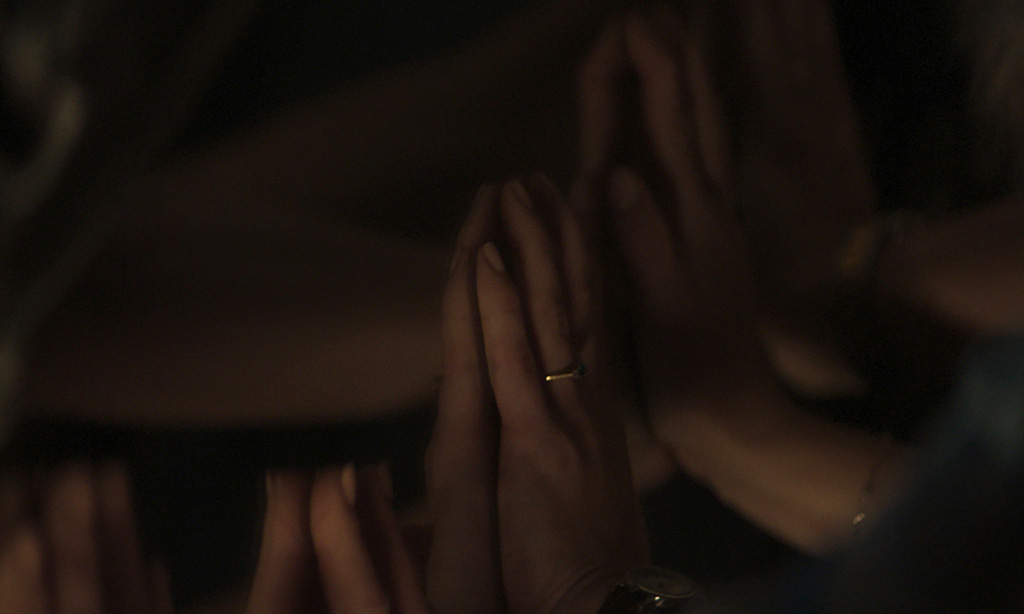
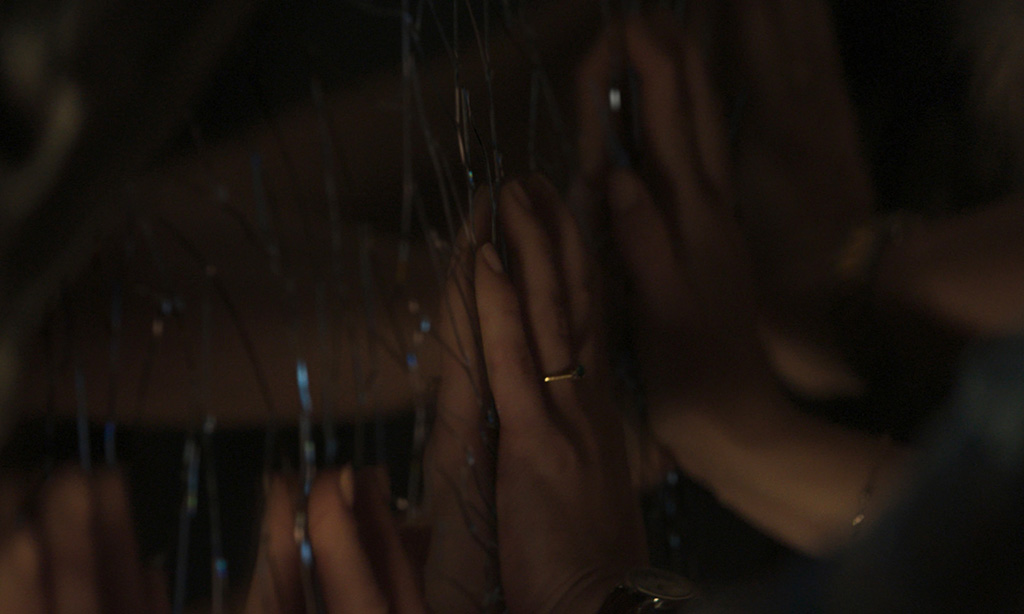
A signature terrifying prop for the franchise is the Conjuring Mirror. “The work for us was adding the crack in the mirror throughout a lot of different sequences in the movie,” Millet explains. “First, it was establishing the look of that crack and getting it to read the same across the various shots. The thing with the crack was that in some shots, it’s going to look awesome and perfect, but in a different lighting condition you don’t get the same highlights and, incidentally, the shape feels different even though it’s the same. The sequence in the hallway was a whole different thing. We had to completely rebuild the mirror in CG so we could animate it. On set, they tried to avoid any reflection problems, but with a big mirror you can’t avoid it. There were a bunch of shots where we had to get rid of reflections showing the part of the set that wasn’t built or crew members or a giant camera rig. The work for us was to rebuild the entire hallway CG so we could take over any reflection and rebuild any reflection that we needed to do.” The hallway gets destroyed. “We built the entire hallway then animated the CG mirror. Something we didn’t expect was the mirror on set was shorter than the actual mirror we needed to build, so getting the mirror to reach everywhere in the walls was a fun challenge for animation and effects. Once that was figured out, we added some extra geometry behind the walls and under the floor because when we destroy everything, we will see stuff there. Then we moved forward with our effects destruction, so there were different layers of drywall, studs, installation and smoke. That was cool.”
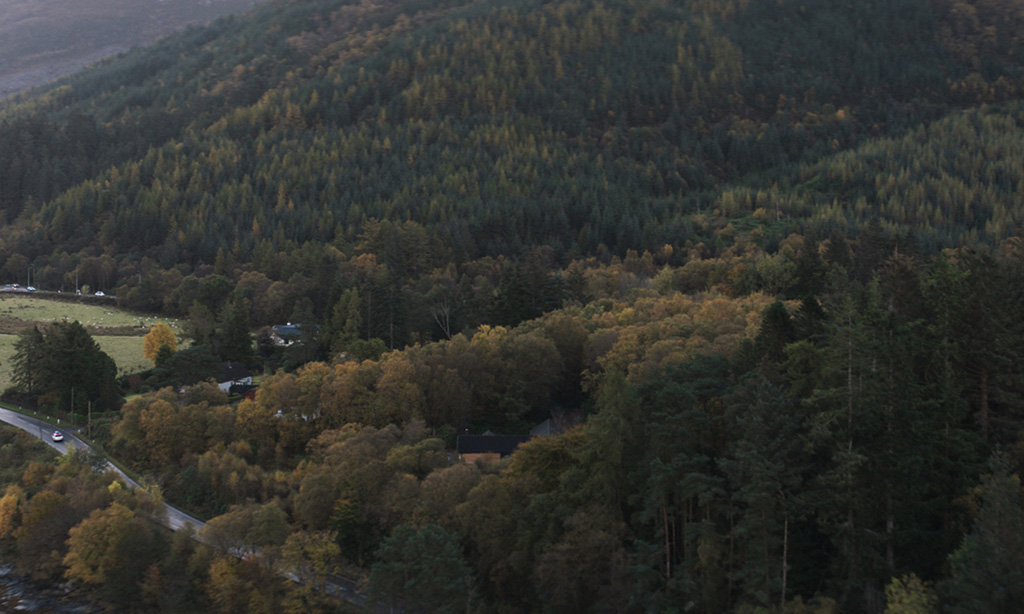
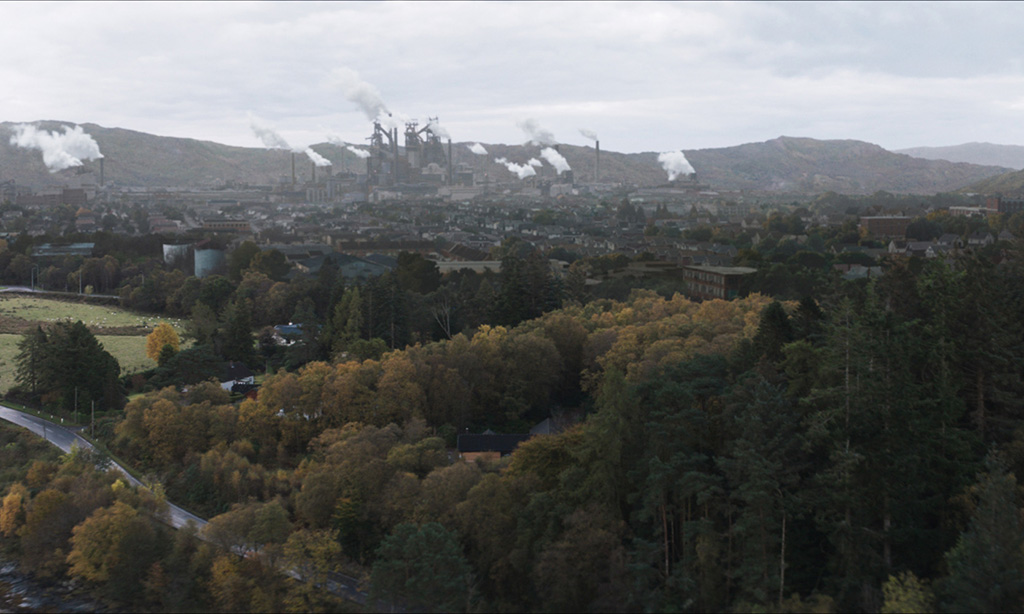
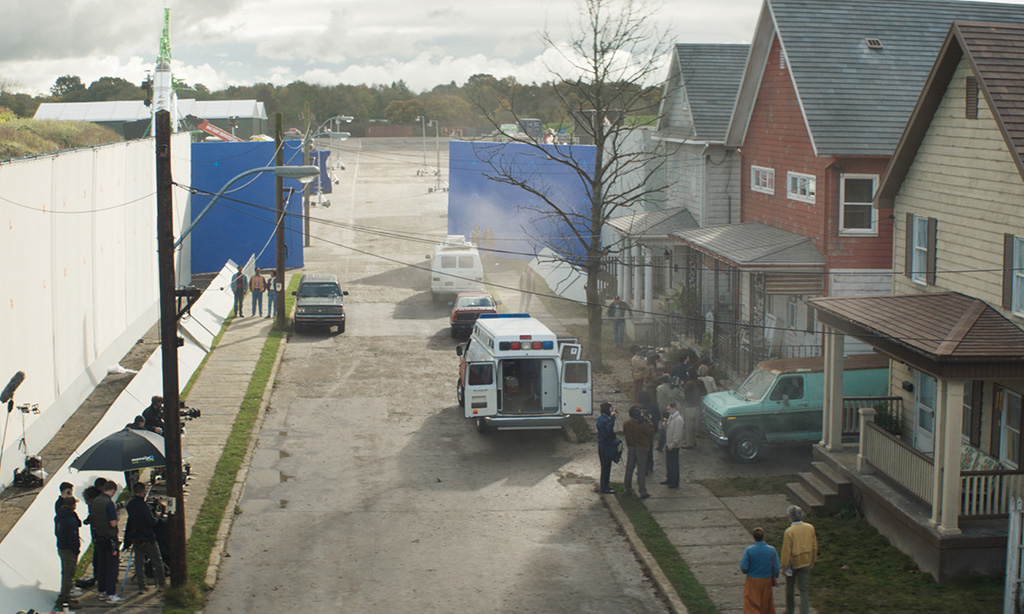
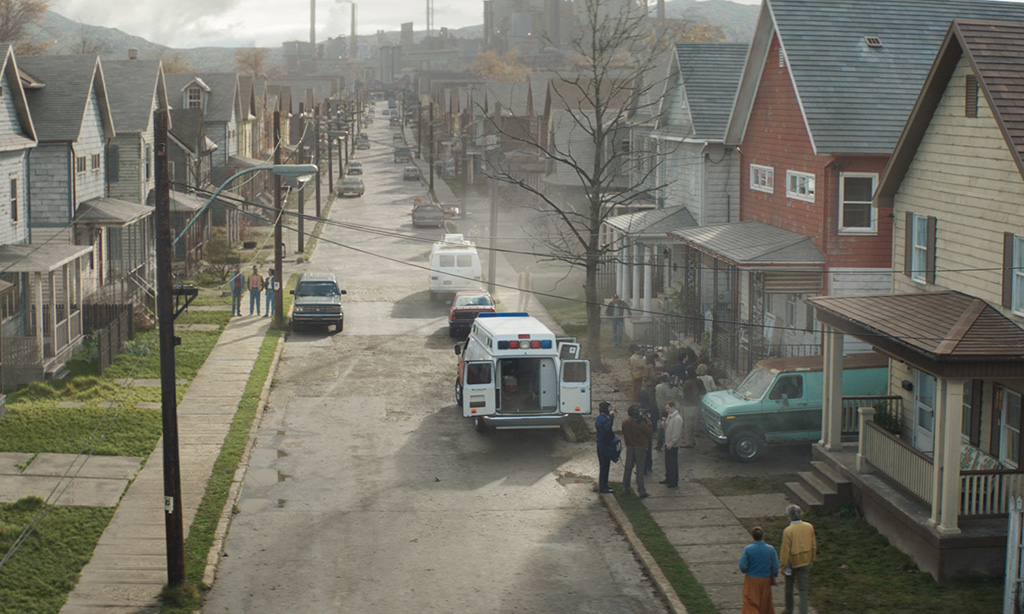
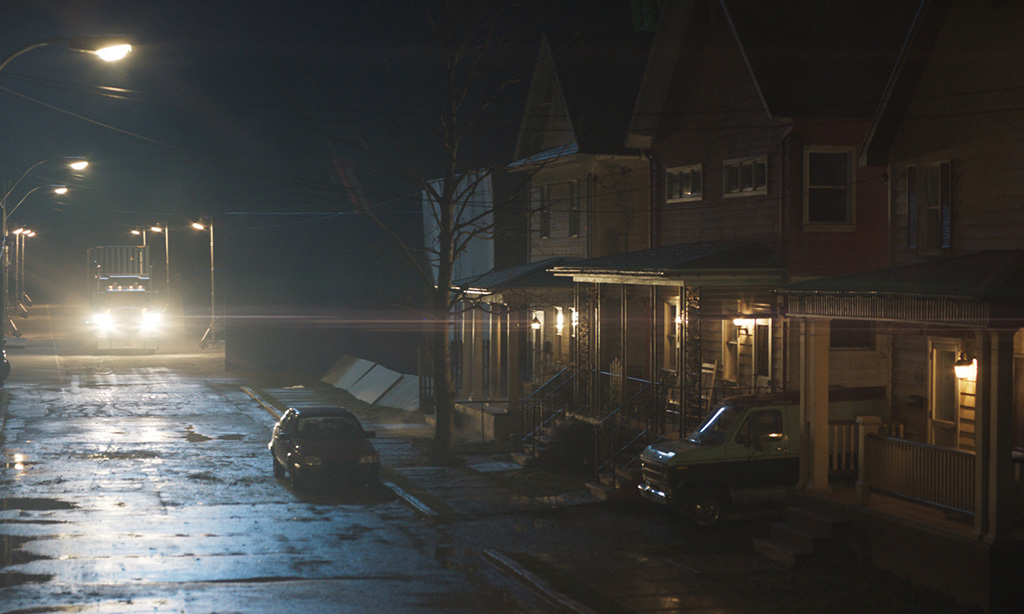
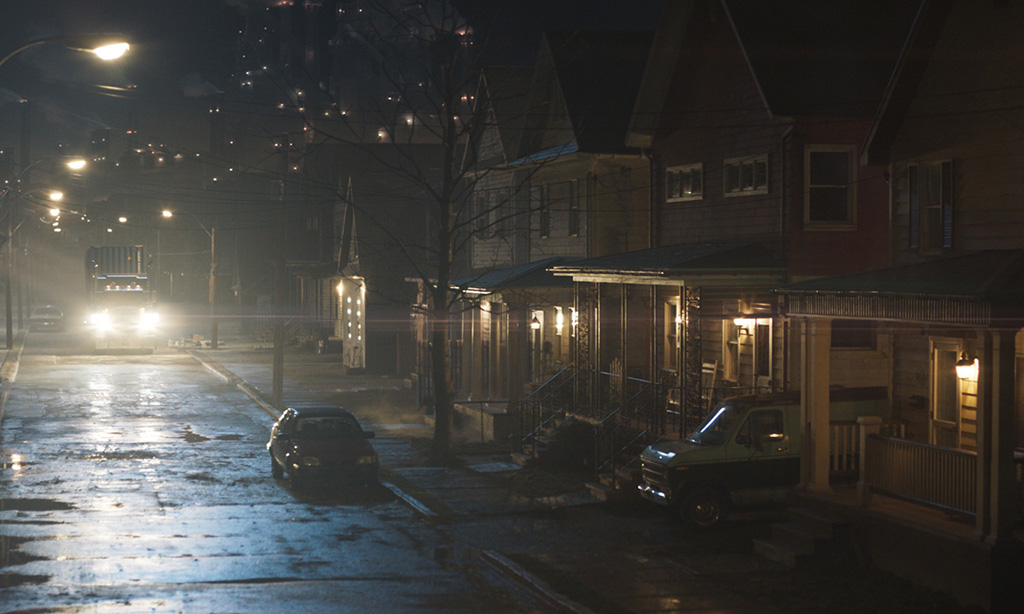
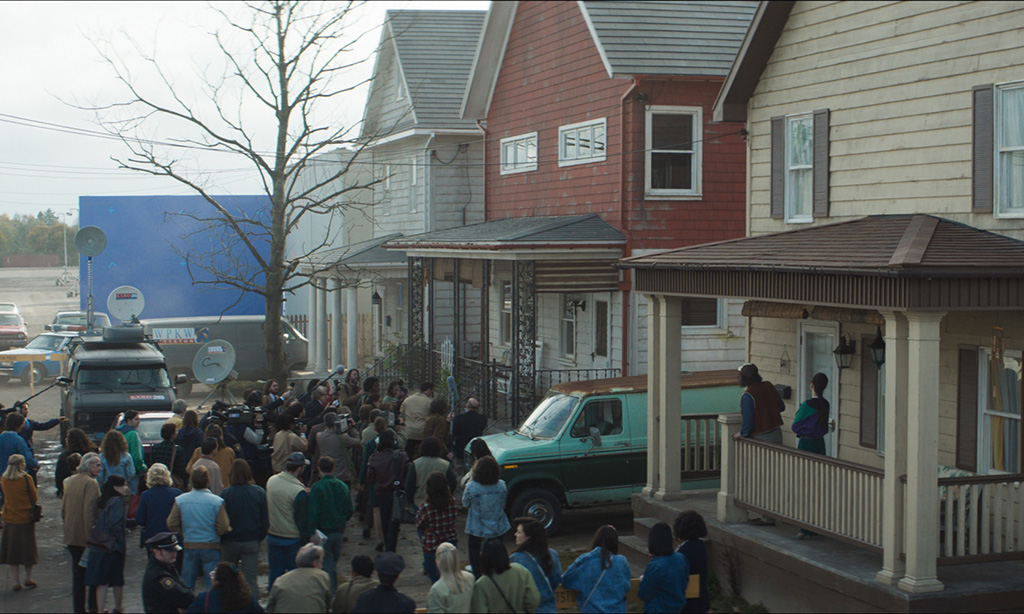
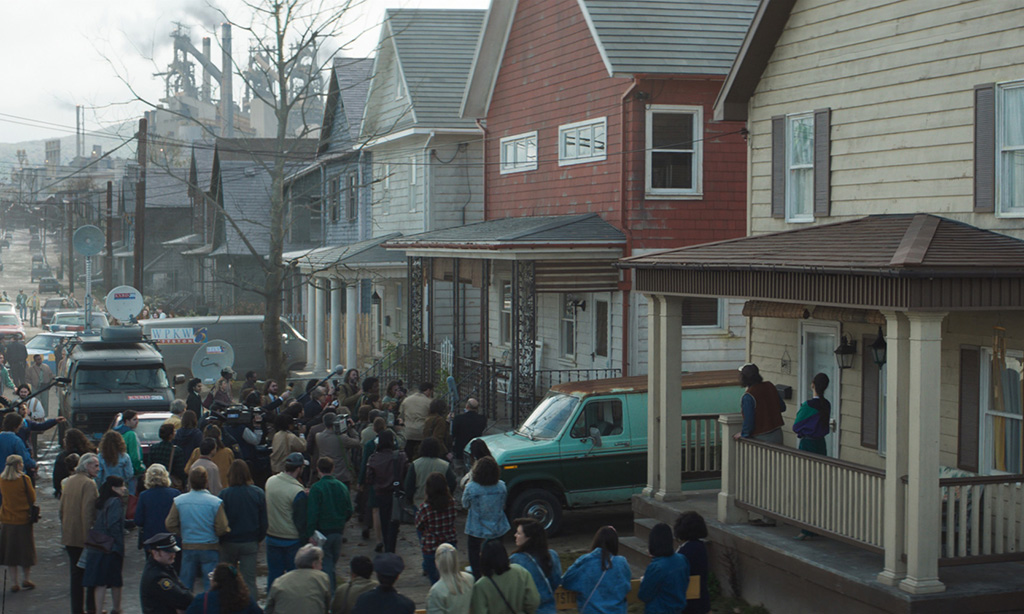
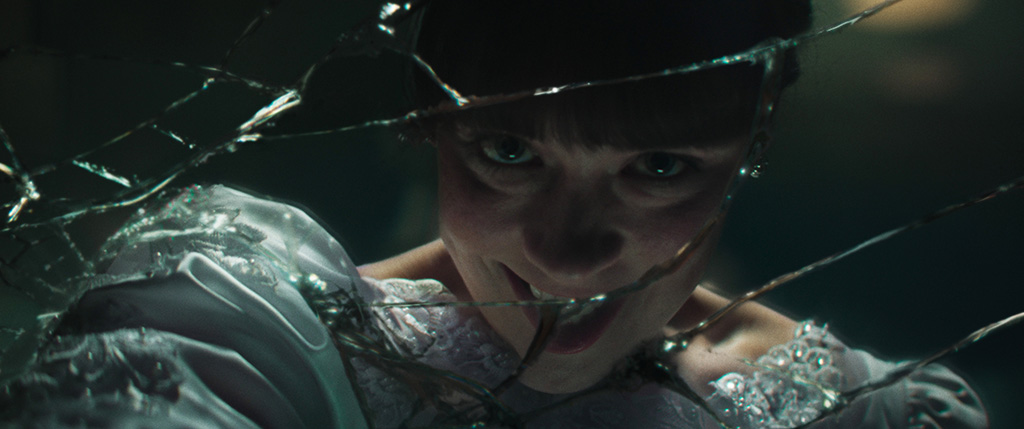
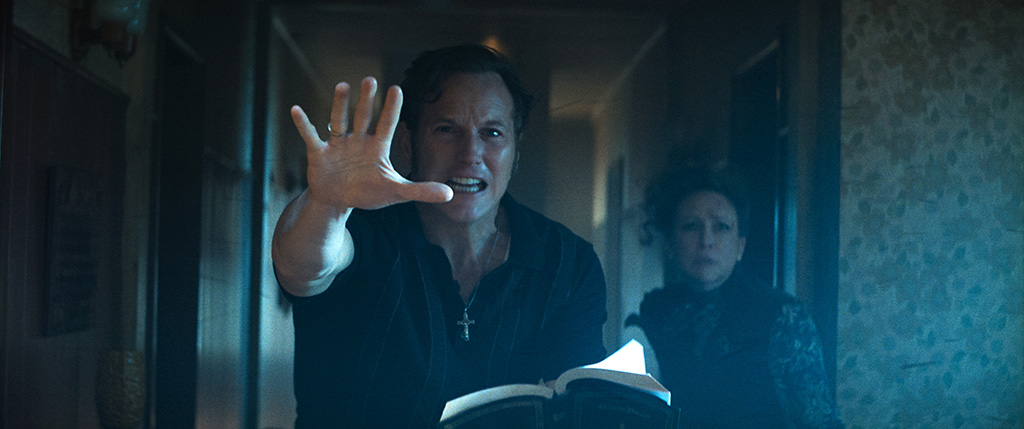
Construction of the small mill town was tackled as if it was a LEGO set. “We wanted to build a house in such a way that floors, colors and roofs could be easily changed,” Millet remarks. “A lot of our houses were built in three layers: ground floor, first floor and roof. The houses were built in a modular way so we could quickly populate the street, create a layout, and show something that gives you a feel for the street versus iterating on different houses.” Geography had to be kept in mind to avoid discontinuity. “When the characters drive on the bridge we needed to make sure that it feels like they’re going in the right direction. We had to have the factory looming above the town at all times, so it had to be in such a place that we would always see it when we’re at street level and in those shots where we go up a little bit.” The set dressing can be unlimited. “We had birds, cars, every plant has wind in it, and digital people looking around. There are lot of things going on, and as soon as you have to do that, it immediately gets rid of any 2D or matte painting approach. You have to build and animate it. But we also didn’t want to take away from the action in the plate.” Millet concludes, “Overall, this was a small project, but ambitious with the work that had to be done within the given timeline. It was a great project to work on, and the challenges were interesting.”